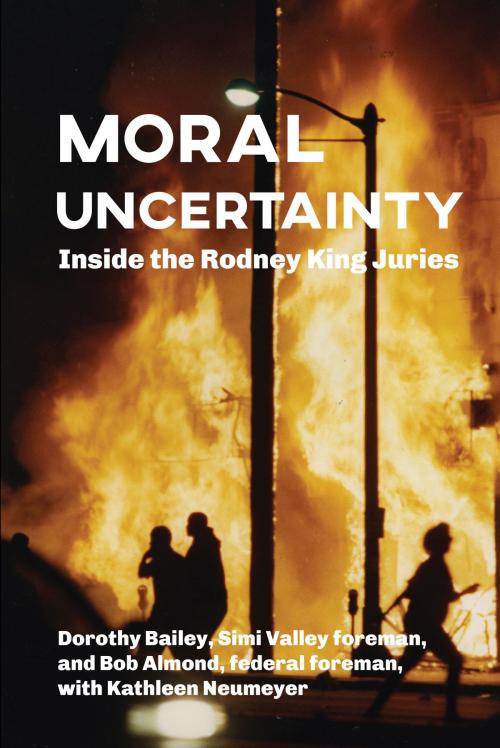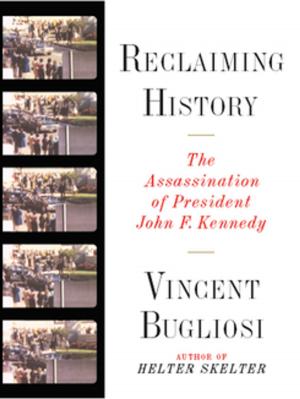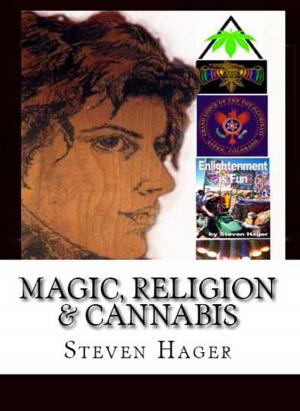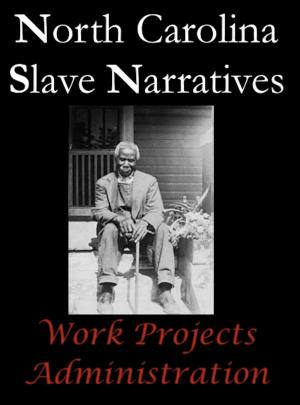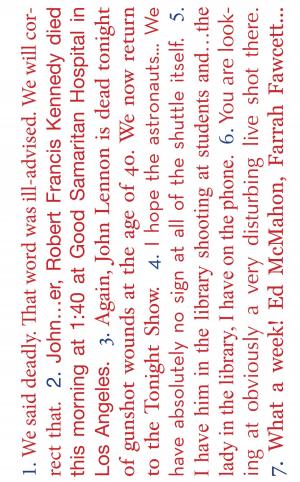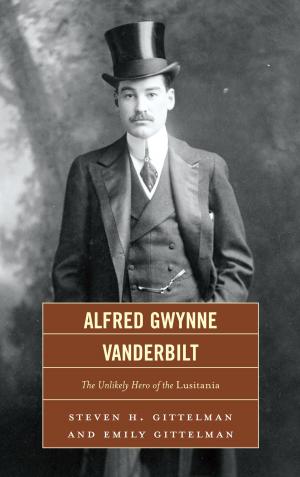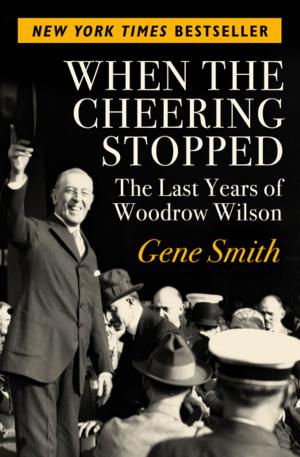Moral Uncertainty
Inside the Rodney King Juries
Nonfiction, Social & Cultural Studies, Political Science, Politics, Law Enforcement, Social Science, Discrimination & Race Relations, History, Americas, United States, 20th Century| Author: | Bob Almond, Dorothy Bailey, Kathleen Neumeyer | ISBN: | 9780990466444 |
| Publisher: | Andalou Books | Publication: | April 11, 2017 |
| Imprint: | Language: | English |
| Author: | Bob Almond, Dorothy Bailey, Kathleen Neumeyer |
| ISBN: | 9780990466444 |
| Publisher: | Andalou Books |
| Publication: | April 11, 2017 |
| Imprint: | |
| Language: | English |
In 1991 the world recoiled from a shocking videotape showing white Los Angeles police officers brutally beating a black man caught speeding on the freeway.
A jury’s failure to convict them of excessive use of force triggered the worst urban rioting in U.S. history. A year later, a federal jury looking at the same facts found two officers guilty of violating Rodney King’s civil rights while exonerating two others.
Twenty-five years later, Moral Uncertainty tells the story for the first time of what went on inside both of those jury rooms.
The first Rodney King trial nearly destroyed Los Angeles. The verdict was inexplicable to many. King was shocked with a Taser, kicked, clubbed and beaten by police officers whose actions were videotaped by a neighbor.
When the video was shown on TV, viewers were stunned. They were even more stunned when a jury in the suburb of Simi Valley acquitted the policemen of most charges. As the news spread, rioting broke out, fires were set and Los Angeles was on the verge of anarchy.
A year later, a second jury hearing federal charges convicted two of the officers, who went to prison.
As a special correspondent for The Associated Press, I became familiar with all of the facts except one. The question that lingered for me over the decades was how the two juries could have come to such different conclusions.
Now, twenty-five years after the case changed policing in the nation’s second largest city and focused world attention on a toxic racial divide, jurors from the two cases reveal the secret deliberations that led them to their historic verdicts. This book contains surprising details of the personal interactions and legal interpretations that led to the devastating verdicts. — Linda Deutsch, Associated Press
In 1991 the world recoiled from a shocking videotape showing white Los Angeles police officers brutally beating a black man caught speeding on the freeway.
A jury’s failure to convict them of excessive use of force triggered the worst urban rioting in U.S. history. A year later, a federal jury looking at the same facts found two officers guilty of violating Rodney King’s civil rights while exonerating two others.
Twenty-five years later, Moral Uncertainty tells the story for the first time of what went on inside both of those jury rooms.
The first Rodney King trial nearly destroyed Los Angeles. The verdict was inexplicable to many. King was shocked with a Taser, kicked, clubbed and beaten by police officers whose actions were videotaped by a neighbor.
When the video was shown on TV, viewers were stunned. They were even more stunned when a jury in the suburb of Simi Valley acquitted the policemen of most charges. As the news spread, rioting broke out, fires were set and Los Angeles was on the verge of anarchy.
A year later, a second jury hearing federal charges convicted two of the officers, who went to prison.
As a special correspondent for The Associated Press, I became familiar with all of the facts except one. The question that lingered for me over the decades was how the two juries could have come to such different conclusions.
Now, twenty-five years after the case changed policing in the nation’s second largest city and focused world attention on a toxic racial divide, jurors from the two cases reveal the secret deliberations that led them to their historic verdicts. This book contains surprising details of the personal interactions and legal interpretations that led to the devastating verdicts. — Linda Deutsch, Associated Press
